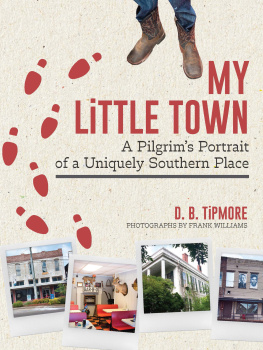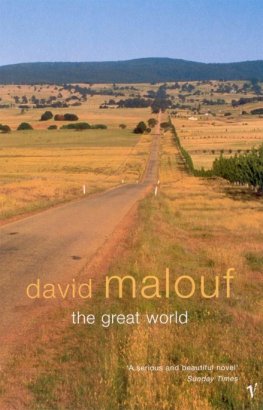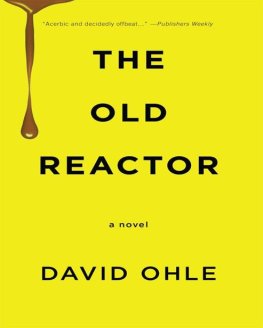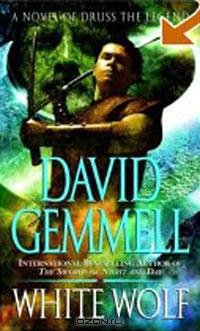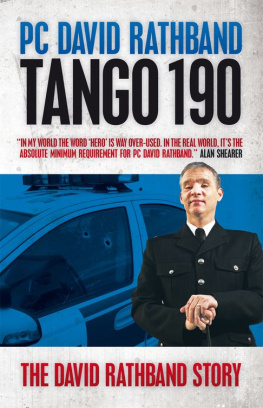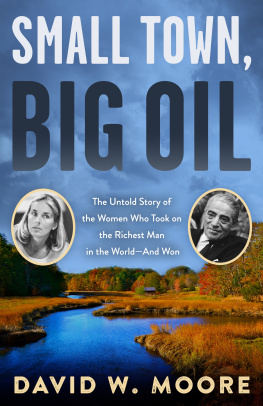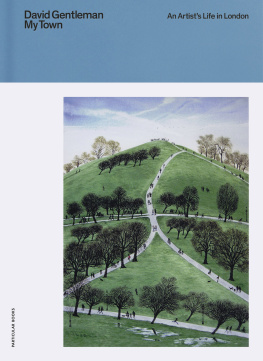David Tipmore - My Little Town
Here you can read online David Tipmore - My Little Town full text of the book (entire story) in english for free. Download pdf and epub, get meaning, cover and reviews about this ebook. year: 2021, publisher: Lightning Source Inc. (Tier 3), genre: Home and family. Description of the work, (preface) as well as reviews are available. Best literature library LitArk.com created for fans of good reading and offers a wide selection of genres:
Romance novel
Science fiction
Adventure
Detective
Science
History
Home and family
Prose
Art
Politics
Computer
Non-fiction
Religion
Business
Children
Humor
Choose a favorite category and find really read worthwhile books. Enjoy immersion in the world of imagination, feel the emotions of the characters or learn something new for yourself, make an fascinating discovery.
- Book:My Little Town
- Author:
- Publisher:Lightning Source Inc. (Tier 3)
- Genre:
- Year:2021
- Rating:5 / 5
- Favourites:Add to favourites
- Your mark:
- 100
- 1
- 2
- 3
- 4
- 5
My Little Town: summary, description and annotation
We offer to read an annotation, description, summary or preface (depends on what the author of the book "My Little Town" wrote himself). If you haven't found the necessary information about the book — write in the comments, we will try to find it.
My Little Town — read online for free the complete book (whole text) full work
Below is the text of the book, divided by pages. System saving the place of the last page read, allows you to conveniently read the book "My Little Town" online for free, without having to search again every time where you left off. Put a bookmark, and you can go to the page where you finished reading at any time.
Font size:
Interval:
Bookmark:
Table of Contents
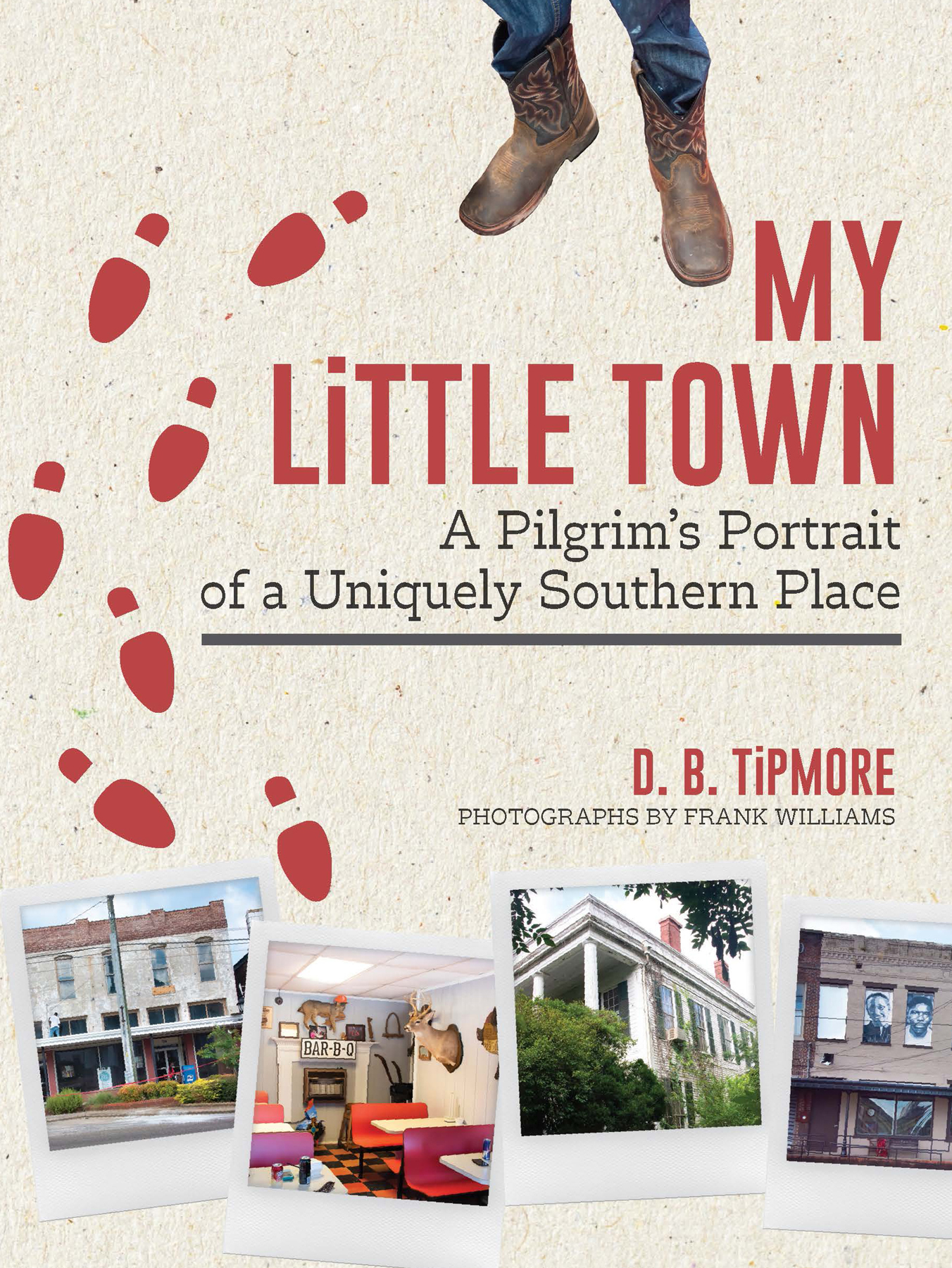
MY LITTLE TOWN
I dont hate [the South], Quentin said, quickly, at once, immediately; I dont hate it, he said. I dont hate it he thought, panting in the cold air, the iron New England dark: I dont. I dont! I dont hate it! I dont hate it!
WILLIAM FAULKNER, Absalom, Absalom!
One place understood helps us understand all places better.
EUDORA WELTY, The Optimists Daughter
MY LITTLE TOWN
A Pilgrims Portrait
of a
Uniquely Southern Place
D. B. TIPMORE
PHOTOGRAPHS BY
FRANK C. WILLIAMS
NEWSOUTH BOOKS
Montgomery
NewSouth Books
105 S. Court Street
Montgomery, AL 36104
Copyright 2021 by D. B. Tipmore.
Photos copyright 2021 by Frank C. Williams.
All rights reserved under International and Pan-American Copyright Conventions. Published in the United States by NewSouth Books, Montgomery, Alabama.
Library of Congress Cataloging-in-Publication Data
Names: Tipmore, David, author.
Title: My little town : a pilgrims portrait of a uniquely Southern place / David Tipmore.
Description: Montgomery : NewSouth Books, [2020] | Includes bibliographical references and index.
Identifiers: LCCN 2020032544 (print) | LCCN 2020032545 (ebook) | ISBN 9781588384331 (hardback) | ISBN 9781588384348 (epub)
Subjects: LCSH: Tipmore, DavidHomes and hauntsAlabamaMarion. | City and town lifeAlabamaMarion. | Marion (Ala.)History. | Marion (Ala.)Social conditions. | C (Ala.)Race relations. | Marion (Ala.)Biography.
Classification: LCC F334.M37 T56 2020 (print) | LCC F334.M37 (ebook) | DDC 976.1/44--dc23
LC record available at https://lccn.loc.gov/2020032544
LC ebook record available at https://lccn.loc.gov/2020032545
Design by Randall Williams
Printed in the United States of America by Sheridan
| The Black Belt, defined by its dark, rich soil, stretches across central Alabama. It was the heart of the cotton belt. It was and is a place of great beauty, of extreme wealth and grinding poverty, of pain and joy. Here we take our stand, listening to the past, looking to the future. |
To my friends and family, for their support, and to the citizens of Lovelady, for their inspiration.
I have tried to recreate accurately events, locales, and conversations from my memory. I have changed the names of individuals and places to respect anonymity.
MY LITTLE TOWN

Our story begins happily enough. In 1860, a Southern planter decided to give his bride a wedding gift, a house which expressed the extravagance of his love and, more to the point, the vanity of a man who owned twenty thousand acres of arable land.
He went quickly to work on his dream, hiring a famous Philadelphia architect and overseeing the plans for an octagonal house of thirty-two thousand square feet, complete with five floors, a dome, twenty-six fireplaces, twenty-four built-in closets, four wine cellars, and eight bedrooms. By September of 1861, his slaves had completed the brickwork for the exterior patios and laid the cypress floors in the basement. They were beginning to apply the finishing plaster to the walls when they saw explosions on the horizon. The planter assured everyone they had nothing to fear, that his well-known anti-secession views and the Letter of Protection given him by Union General Ulysses S. Grant would keep the plantation intact and see the wedding gift through to completion.
This is a story about the Deep South, however, and its narrative turns on betrayal. The planters assurances soon proved hollow. As the staircase to the second floor was being installed, fires from the burning cotton crop appeared in the distance, and the planter realized that General Grants promise had gone up in smoke. Within a year, the plantation was destroyed, its crops and timber plundered, its farm machinery confiscated. The following year the planter died, pneumonia accomplishing what the war could not, and by 1864, nothing remained of his dream but an imposing five-story wooden frame and twelve tombstones in the nearby family plot.
If this tragedy had taken place in Connecticut, if less operatic versions were not so familiar to the histories of many Southern families, I would think the story irrelevant to present-day America and something of a twice-told tale. But tragedy, especially tragedy built on betrayal, bears bitter fruit for centuries. The sets of blood-soaked grievancespolitical and social, black and white, rural and urbanwhich lock the Deep South into a past squarely at odds with that of Kansas or Idaho or Maine, continue to remind the people who live here of the fraud inherent in much of what the rest of us tell ourselves about our national purpose.
Just for a moment, let us set aside blacks. (Just for a moment.) Can you imagine living among the ashes of the Confederacy in 1866? The humiliation fouled the air: to have to eat so much crow on such a grand scale, a historical scale, must have sickened the white natives of these states to a degree unimaginable north of the Mason-Dixon line. Why wouldnt their humiliation become intolerable? Why wouldnt it easily convert to anger? Of course, the resulting anger seemed rather toothless. At first. However, time worked its magic, as did schoolbooks written by the Daughters of the Confederacy, and the anger found an energy. It could be directed into a rationale! And how easily the rationale became a Cause, one which replaced humiliation and anger with a pride sourced in a rebellious (if hollow) righteousness. The Cause could reinterpret the bloodbath at Chickamauga into a glorious battle. The 25,000 Confederate bodies stinking on the fields of Gettysburg could vanish inside a heroic memory, perfumed with valor. And the Cause could sustain, propel its believers forward through time until the original humiliation was effectively obscured.
Long after 1865, many Southern whites (note the rather inadequate use of skin color to denote races in this book), are still embracing their humiliation, their Cause, are still holding tight to this idea of being tricked, fooled to a degree unlike any other cultural group in the rest of the country. Many of these Southerners still seek out convenient prisms to recast their difficult history. To listen to them talk about these grievances is to imagine yourself in conversation with Germans in the Weimar Republic after the signing of the Treaty of Versailles. Rationales and finger-pointing abound. You hear about the injustice of Reconstruction. You hear about Sally Hemings and Thomas Jefferson and the slave owners in the pre-Civil War Union states. You hear about the political calculation behind Abraham Lincolns Emancipation Act of 1862. You hear about the courageous 2013 U.S. Supreme Court decision to invalidate key provisions of the Voting Rights Act of 1965. In 2021, you still hear about the right to secede. You hear about the injustice of Federal interference in all sorts of matters. You do not hear much about the system of slavery and its long-standing benefits to a certain group, their group, except in the few seconds of conversation needed to switch the topic.
Next pageFont size:
Interval:
Bookmark:
Similar books «My Little Town»
Look at similar books to My Little Town. We have selected literature similar in name and meaning in the hope of providing readers with more options to find new, interesting, not yet read works.
Discussion, reviews of the book My Little Town and just readers' own opinions. Leave your comments, write what you think about the work, its meaning or the main characters. Specify what exactly you liked and what you didn't like, and why you think so.

